Algae is a familiar issue faced by swimming pool owners. This common organism is not only unsightly; it can pose a serious health risk. Dangerous bacteria, such as E.coli, flourish in pools contaminated by algae, and its slippery consistency lends itself to slips and falls. Algae can also inflict serious damage on your pool, leading to expensive repairs.
What Is Pool Algae?
Algae is a live plant organism you can find in your swimming pool. Pool algae can be various colors and cause the pool water to appear green, teal, yellow, brown, red, or even black.
You might also notice a cloudy look to your pool water, which is another tell-tale sign that you have an algae problem. Algae is sometimes free-floating and other times sticks to your pool walls or in cracks and crevices. Though it spreads rapidly, fortunately, it can be treated and prevented fairly easily with proper swimming pool maintenance.
Can You Swim in a Pool With Algae?
If you find algae in your pool, we recommend not using your pool until you have removed the algae. While it can make the water unsightly, the presence of the algae can indicate that your pool water is out of balance, which means there may not be enough chlorine in the water to fight off other types of bacteria which could be harmful. Pool algae can also mean poor water sanitation, so as a general rule, stay outside of your pool when you see algae.
What Causes Algae in a Pool?
The answer to what causes algae in a pool isn’t an easy one as it can be caused by a number of different factors. Most soil and plant debris contain algae, and these algae spores can travel from your yard into your pool. Algae can also be caused by wind, rain or contaminated pool tools.
Ongoing pool maintenance is important as pool algae can result from poor water circulation, sanitation or balance, and inadequate water filtration
Types of Pool Algae
There are three types of algae commonly found in pools.
Mustard Algae
As the name implies, mustard algae is generally a yellow-brown or “mustard” color. It’s relatively easy to brush off pool walls, but you need to stay on top of it, as it can return quickly. Mustard algae is common in shady areas with poor circulation. It can often be resistant to chlorine and shock treatment.
Green Algae
Green algae is one of the most common types of algae found in pools. It usually appears in corners or other areas where circulation is poor. Green algae can grow explosively so make sure to clean your pool on a regular basis.
Is Green Algae in a Pool Dangerous?
Green algae are not necessarily any more dangerous than other types. Algae can be potentially dangerous due to the bacteria that feed on the algae. Possible side effects can include skin infections and rashes. Contact a medical professional with any specific questions.
Black Algae
Black algae is a very resistant form of algae and can cling to your pool’s walls, floor, and cracks. Treat black algae as soon as it is detected. Black algae are usually found in gunite/concrete pools.
How to Kill Algae in Your Pool
Whether you’re already dealing with an algae-infested pool or want to prevent algae from forming in the first place, there are several methods that can help you keep your pool clean and safe.
Follow the steps below to learn how to clean algae from pool water.
- Identify the type of algae in your pool to determine the most effective treatment. Green algae is the most common type, but yellow/mustard, black, and pink algae/slime are also frequently found in pools.
- Remove everything from your pool besides cleaning equipment
- Vacuum your pool to remove any existing algae, which the algaecide has forced to the bottom of your pool.
- Routine brushing will also kill algae spores. Make sure to scrub and brush your pool walls on a regular basis.
- Sanitize your pool. Chlorine serves as a great sanitizer and can effectively kill algae.
- Balance your pool water’s pH and alkalinity
- If you’re already dealing with tell-tale green water, a concentrated chlorine shock treatment will clean your pool. A chlorine shock treatment works best at night, without the rays of the sun burning it off. The amount of chlorine you need depends on the type and amount of algae present in your pool.
Always follow the manufacturer’s instructions when using any chemicals to clean your pool.
Does Chlorine Kill Algae in a Pool?
High amounts of chlorine can kill algae in a pool. We also recommend using an algaecide to accelerate these results.
Does Pool Shock Kill Algae?
Shocking your pool with chlorine can be an effective method to kill algae. The process can take up to three days and we recommend checking with a pool professional for the amount of shock you should use for your particular pool.
How Long Does it Take for a Green Pool to Clear Up?
If you follow the steps above and run your pool pump continuously to circulate the clean water, you should see the green water begin to clear up in about 24 hours. If your water hasn’t cleared up after cleaning your pool and balancing the water, contact a pool professional for help.
How to Remove Algae on The Bottom of Your Pool
In some cases, you may find dead algae on the bottom of your pool. The steps here aren’t all that different from what’s outlined above.
- Balance your pool’s water chemistry. Use a test kit to check the pH and chlorine levels. For detailed instructions on how to test and balance your pool water, check out this guide.
- Run your pool pump. You probably already run your pool pump for a few hours each day, but if you have algae on the bottom of your pool, you’ll want to run it all day to circulate the water.
- Brush and vacuum pool walls and floor to remove algae, dirt, and debris
- Clean your pool filter. Cleaning your pool can cause dirt and debris to clog your pool filter. So make sure to clean your filter after you’ve cleaned your pool.
- Use an algaecide to prevent future algae growth.
If you have an excessive amount of algae, you should also shock your pool with a chlorine shock treatment. For detailed instructions, check out our guide on how to shock your swimming pool.
How to Prevent Algae From Forming in Your Pool
The best algae treatment is prevention. Here are some helpful tips to keep algae out of your pool in the first place.
- Algae thrive in pools with unbalanced chemical and pH levels. Check your chemical levels at least every few days. Use testing strips to measure the chemical and pH balance of your pool.
- Ensure that your filtration system is working properly. Uncirculated water can be a breeding ground for algae. When treating your pool for algae, run the filter system continuously. Remember to thoroughly clean your filtration system to prevent the buildup of algae-attracting debris.
- Use your pool. Active water is cleaner water. Stirring up the water in your pool will help you to keep it clean and bring any standing dirt and debris to the surface. This is a great way to prevent algae from forming in the first place.
- Cover your pool when it’s not in use. Consider adding an automatic safety cover that will keep your pool free of dirt particles, which attract algae and help it spread. Wind and rain also carry contaminants that affect the chemical levels in your pool, making an algae infestation more likely. Regularly clean your pool to keep dirt and debris from gathering at the bottom of your pool.
- The use of algaecides can prevent algae growth.
Pools are a great source for relaxation or family fun, but without proper maintenance algae can quickly take over. Creating a basic plan for algae prevention will keep your pool clean and healthy all year long.
Learn More about Pool Maintenance
Like any investment, regular upkeep of your inground pool will help keep it enjoyable for years to come. Prospective and current pool owners can explore more maintenance topics in our guide.
Editor’s note: Originally posted 6/2015. Updated for relevance and clarity.

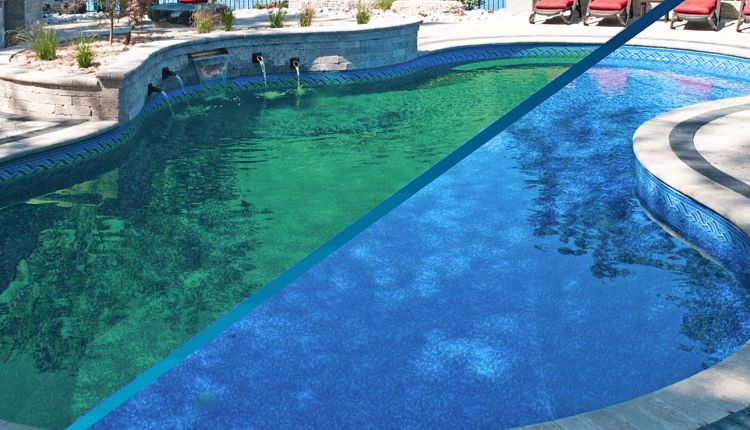
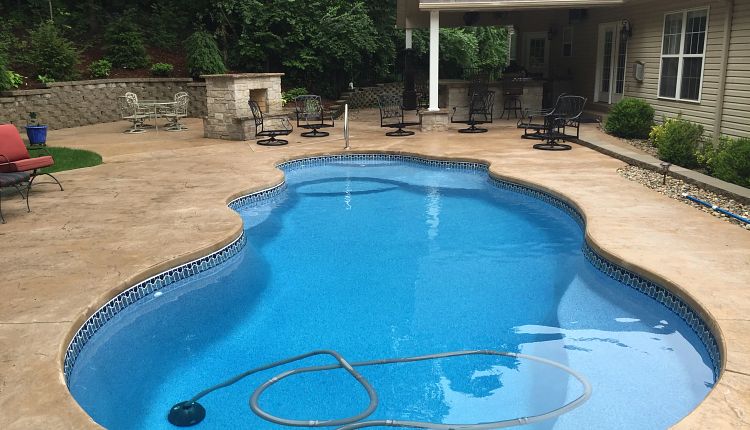

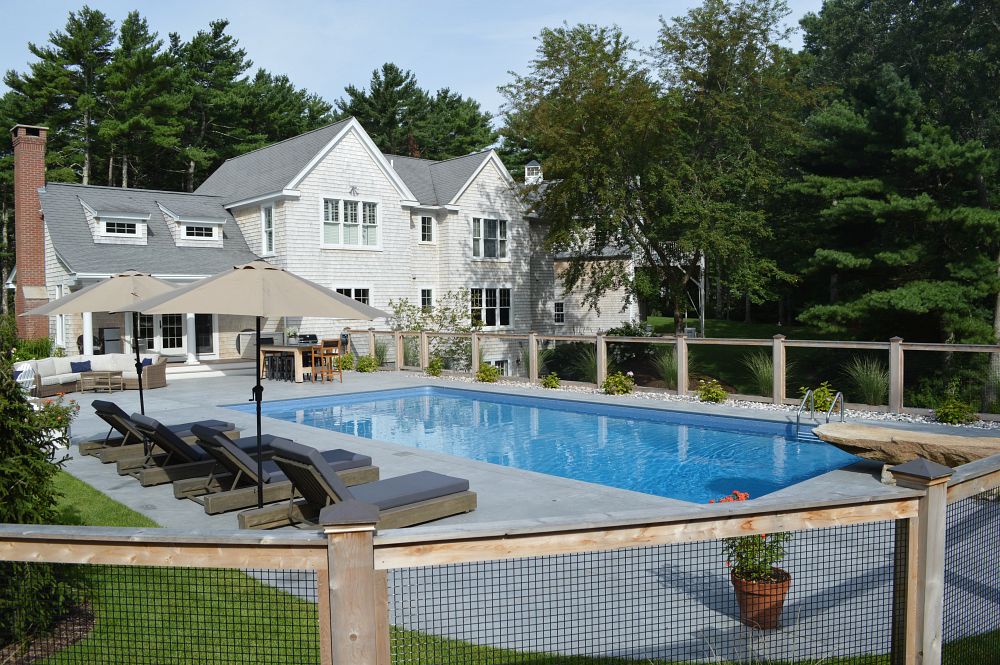
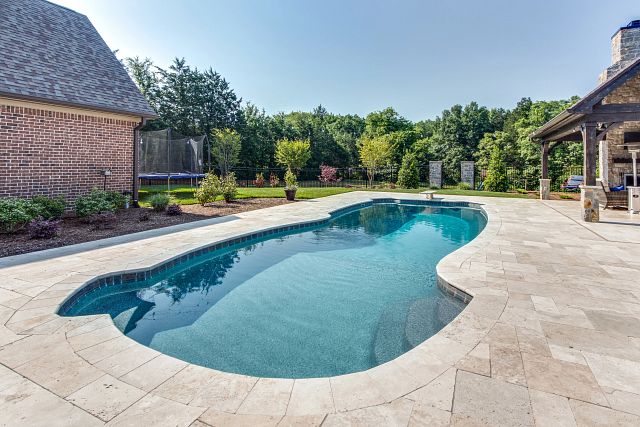
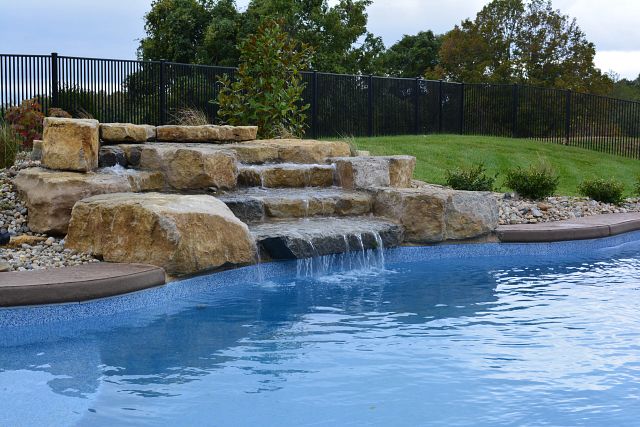
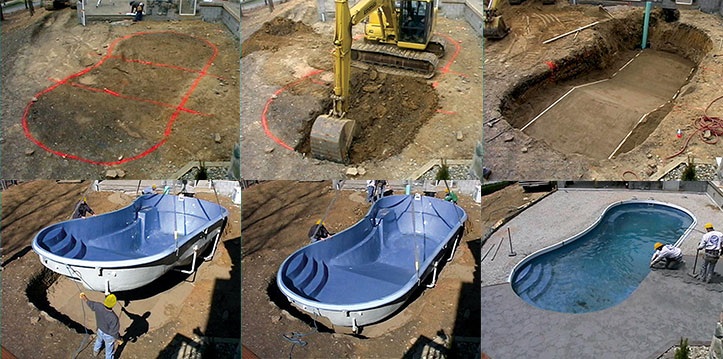
Join the discussion